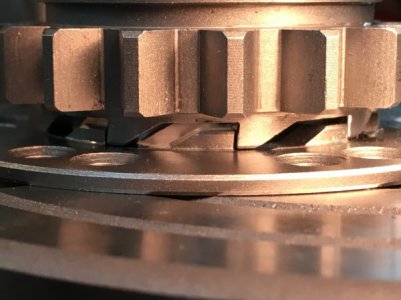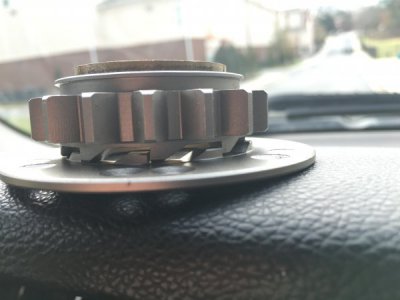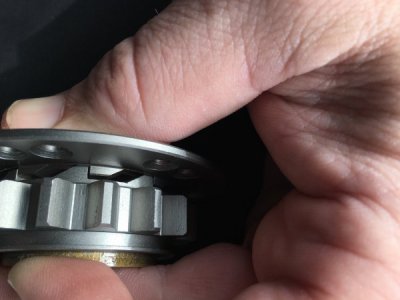Hello Gents,
Brief Intro:
I was encouraged to participate so I will try. I hope this is the correct sub-forum. I bought a Smithy 3 in 1 last year and have no experience in a machine shop. I have been building old Chevy's and older Fords for some time now. I am self taught and have enjoyed learning everything from MIG/TIG Welding to Painting. I have relied on others for the very accurate and tight tolerance stuff. I have been modifying and refurbishing and making some parts mostly by hand up to this point. One attraction to the small machine is creating more professional looking parts.
As I moved into older Harley's a couple years ago, I have been "forced" into another level of DIY. The fit and finish levels on well done bikes is a bit of a different animal. I have also discovered that most bike enthusiasts prefer that no one works on their bikes but them. I have discovered for myself why that is. There seems to be a lot of sub par wannabe motorcycle mechanics out there and a lot of ill fitting aftermarket parts for restoration.
So... this brings me to needing to expand my skills and self reliance.
One project that has me in fits is the kick start ratchet gears. These are notorious for slipping on the old Sportsters for various reasons. One sure fire solution is to back cut or undercut the teeth to remove the 90 degree tooth to tooth contact in favor of an angle cut that causes the teeth to grab each other.
How would you get the exact same cut on each tooth so that every tooth makes contact. Is this what an index is for? Are they accurate enough? The gear and plate are hardened of course to make things more difficult. Does this mean they should only be ground and not cut with a bit? I had a special dovetail bit made but it would jump around the edges and ultimately break a flute.
Is this a job for a CNC machine? Maybe the answer is to just have new gears manufactured to my spec but that's got to be a major investment.
I appreciate any input or opinion.
Thanks,
Chad


Stock 90 degree

Brief Intro:
I was encouraged to participate so I will try. I hope this is the correct sub-forum. I bought a Smithy 3 in 1 last year and have no experience in a machine shop. I have been building old Chevy's and older Fords for some time now. I am self taught and have enjoyed learning everything from MIG/TIG Welding to Painting. I have relied on others for the very accurate and tight tolerance stuff. I have been modifying and refurbishing and making some parts mostly by hand up to this point. One attraction to the small machine is creating more professional looking parts.
As I moved into older Harley's a couple years ago, I have been "forced" into another level of DIY. The fit and finish levels on well done bikes is a bit of a different animal. I have also discovered that most bike enthusiasts prefer that no one works on their bikes but them. I have discovered for myself why that is. There seems to be a lot of sub par wannabe motorcycle mechanics out there and a lot of ill fitting aftermarket parts for restoration.
So... this brings me to needing to expand my skills and self reliance.
One project that has me in fits is the kick start ratchet gears. These are notorious for slipping on the old Sportsters for various reasons. One sure fire solution is to back cut or undercut the teeth to remove the 90 degree tooth to tooth contact in favor of an angle cut that causes the teeth to grab each other.
How would you get the exact same cut on each tooth so that every tooth makes contact. Is this what an index is for? Are they accurate enough? The gear and plate are hardened of course to make things more difficult. Does this mean they should only be ground and not cut with a bit? I had a special dovetail bit made but it would jump around the edges and ultimately break a flute.
Is this a job for a CNC machine? Maybe the answer is to just have new gears manufactured to my spec but that's got to be a major investment.
I appreciate any input or opinion.
Thanks,
Chad


Stock 90 degree

